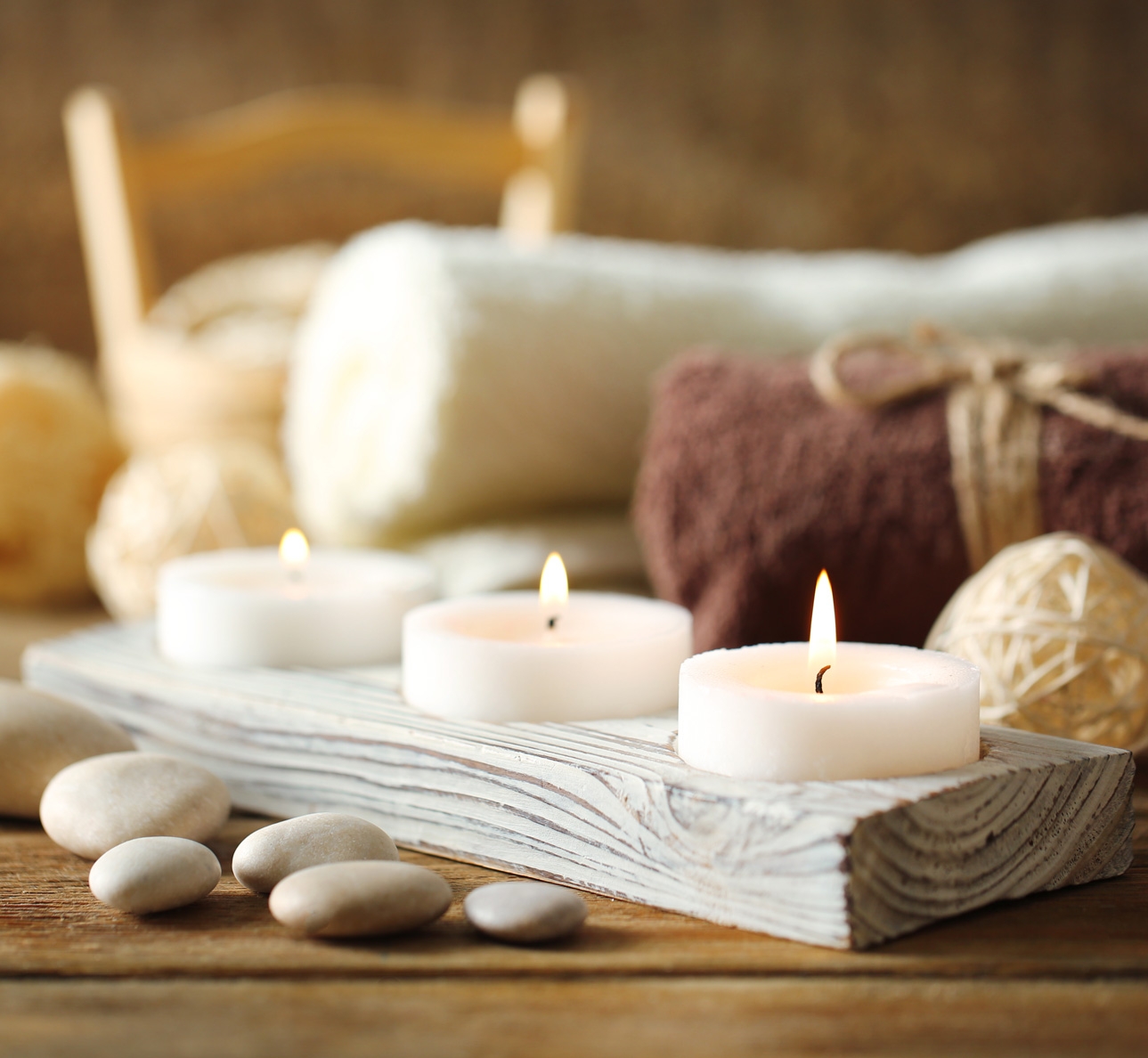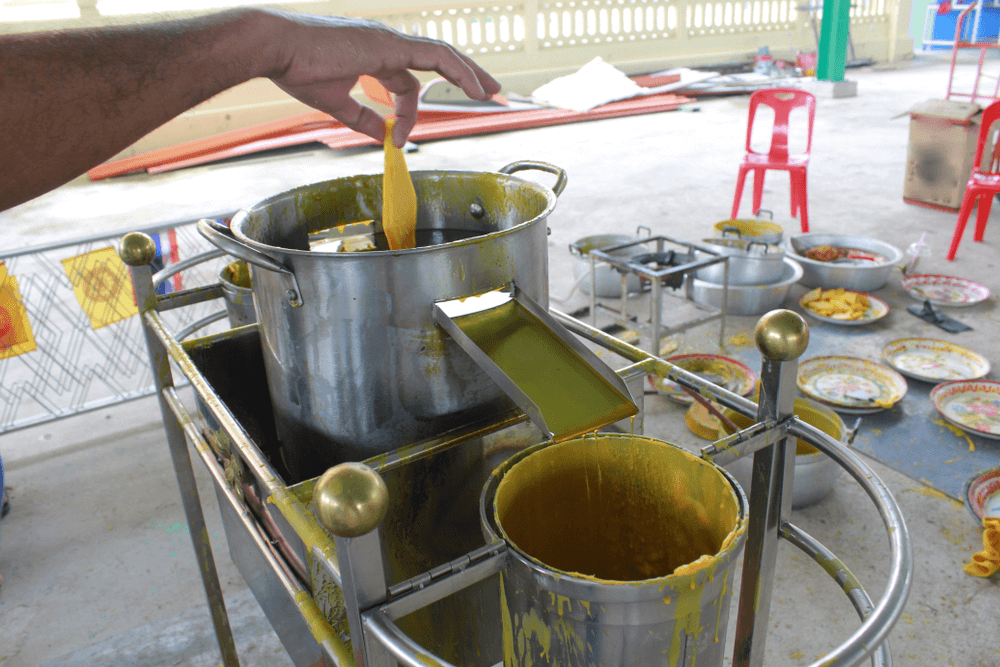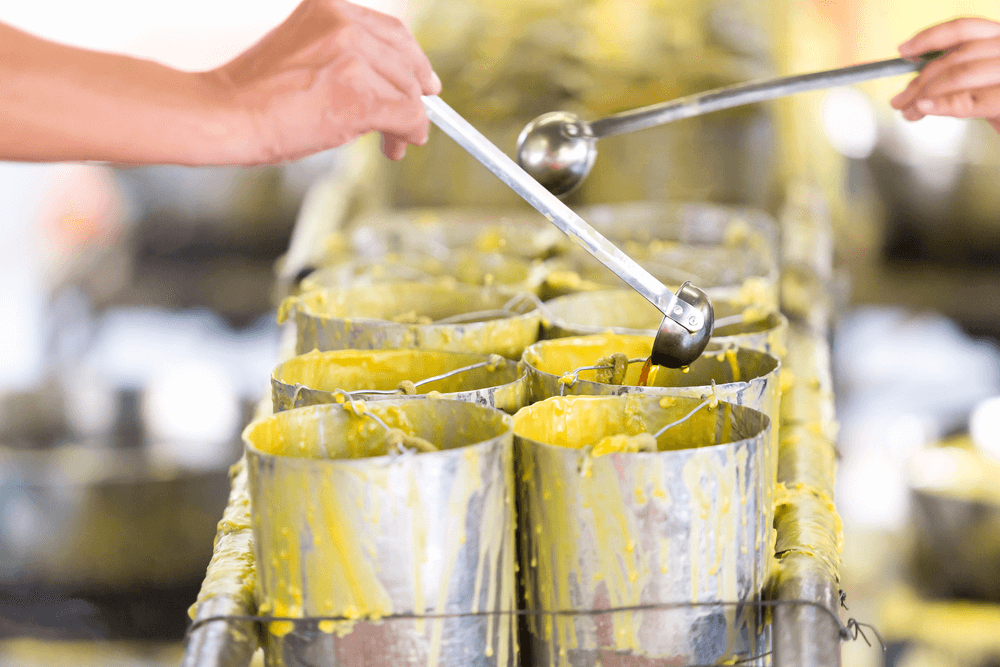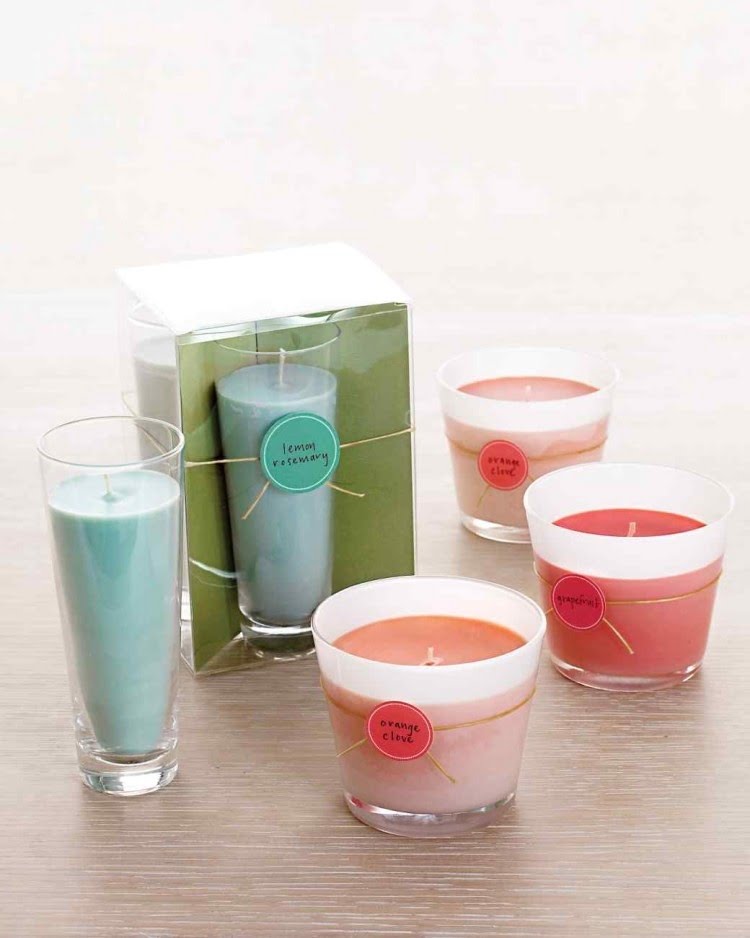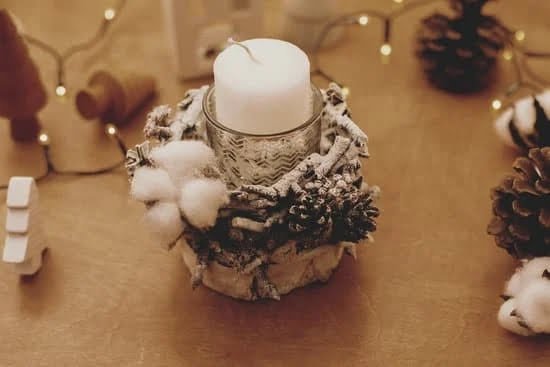The history of candle making dates back thousands of years, with its origins rooted in ancient civilizations and the need for light after dark. From the Ancient Egyptians to the Roman Empire, candle making has evolved through time, shaping the way we illuminate our surroundings and participate in religious and cultural traditions.
Ancient candle making involved the use of various materials such as animal fats, beeswax, and plant oils to create sources of light. As civilizations progressed, so did the methods and materials used in candle making. The medieval period saw the rise of tallow and beeswax candles, while the Industrial Revolution brought about innovations and advancements in mass production.
In this article, we will explore the fascinating journey of candle making throughout history, from its ancient origins to modern-day practices. We will delve into the impact of technological advancements such as paraffin wax and the role of candle making in religious and cultural traditions.
Additionally, we will also examine how the art of handcrafted and specialty candles has contributed to the evolving trends and sustainability in the industry. Join us on a historical exploration of one of humanity’s oldest sources of light – candle making.
Ancient Candle Making
The history of candle making dates back to ancient civilizations, with evidence of early candle-like substances being used in places like Ancient Egypt and the Roman Empire. This section will delve into the origins of candle making, exploring the materials and techniques used by these ancient societies to create sources of light.
Ancient Egypt: Early Beginnings
In Ancient Egypt, the earliest known form of candles consisted of rushlights or torches made from reeds soaked in animal fat. These primitive forms of lighting were essential for illumination in homes, temples, and tombs. The use of rushlights evolved over time, with the Egyptians eventually creating more advanced candle-like objects made from tallow or beeswax.
Roman Empire: Advancements in Candle Making
During the height of the Roman Empire, candles were further developed using tallow obtained from animal fat. These early versions were typically made by repeatedly dipping fibers into melted tallow to create a cylindrical shape. Romans used these candles for various purposes, including religious ceremonies and domestic lighting. The development of wick-making techniques also contributed to the advancement of candle making during this era.
Legacy and Influence
The contributions of ancient civilizations such as Egypt and Rome to the history of candle making have had a lasting impact on modern practices. Their innovations laid the groundwork for future advancements in materials and production methods. The endurance and adaptability of candles throughout history speak to their significance as a fundamental source of light and symbolism across different cultures and time periods.
Medieval Candle Making
During the medieval period, candle making experienced significant advancements with the rise of tallow and beeswax candles. Tallow, which is derived from animal fats, became a popular choice for candle making due to its affordability and availability. The process of creating tallow candles involved melting the fat and pouring it into molds, resulting in an inexpensive lighting option for the masses.
In contrast, beeswax candles were considered a luxury item during medieval times. Beeswax, obtained from honeycomb, produced a cleaner and brighter flame compared to tallow candles. However, beeswax was scarce and expensive, making these candles a symbol of wealth and status. They were often used in churches and aristocratic households to illuminate grand events and ceremonies.
The demand for both tallow and beeswax candles during the medieval period led to the establishment of chandlers’ guilds, which regulated the production and sale of candles. These guilds played a crucial role in maintaining quality standards and pricing within the burgeoning candle-making industry. The medieval era marked a significant turning point in the history of candle making as it laid the foundation for diverse materials and techniques that continue to influence modern candle production.
Overall, the medieval period witnessed a pivotal shift in candle making with the widespread use of tallow and beeswax candles. This era set the stage for advancements in both production methods and material options that would ultimately shape the future of candle making. The legacy of medieval candle making continues to inspire innovation within the industry today.
The keyword “the history of candle making” has been included in this section to provide insight into how medieval developments have contributed to shaping modern practices within this historical context.
The Industrial Revolution
Advancements in Manufacturing Techniques
One key development during the Industrial Revolution was the introduction of mechanized equipment and processes in candle making. This allowed for faster and more efficient production, significantly increasing output and reducing costs. The use of machinery also enabled manufacturers to produce candles in a wider variety of shapes and sizes, catering to different consumer preferences.
Introduction of Stearine Wax
Another important innovation during this time was the discovery and utilization of stearine wax, derived from animal fats. Stearine wax burns longer and cleaner than tallow, an animal fat commonly used in candle making prior to this period. The introduction of stearine wax further improved the quality of candles and expanded their usage in lighting homes, streets, and public spaces.
Impact on Society
The advancements in candle manufacturing during the Industrial Revolution had a profound impact on society. The availability of affordable candles made it easier for people to light their homes, workspaces, and streets after sunset, extending productive hours and improving safety. Additionally, the mass production of candles contributed to the growth of urban areas by providing reliable lighting for businesses and public spaces.
During this pivotal era, candle making evolved from a small-scale craft into a thriving industry that laid the foundation for modern candle manufacturing practices. The Industrial Revolution not only transformed the methods used to produce candles but also played a crucial role in expanding their availability and utility across societies worldwide.
The Introduction of Paraffin Wax
Paraffin wax revolutionized the candle making industry, leading to a modernization and widespread availability of candles. The history of candle making took a significant turn with the introduction of paraffin wax in the 19th century. Derived from petroleum, paraffin wax provided an affordable and readily available alternative to traditional beeswax and tallow candles. This innovation paved the way for mass production and commercialization of candles, impacting both the industry and consumer accessibility.
The mid-19th century saw the commercial production of paraffin wax, which quickly became the primary ingredient in candle making due to its low cost and easy manipulation. The introduction of this new material significantly reduced the cost of producing candles, making them more accessible to a wider range of consumers. This shift marked a turning point in the history of candle making, as it transformed a once labor-intensive craft into a mass-produced commodity.
Additionally, paraffin wax allowed for greater creativity and diversity in candle design and function. Molds could be easily filled with liquid paraffin wax to create various shapes and sizes, leading to an explosion of decorative and scented candles on the market. As a result, the introduction of paraffin wax not only modernized candle making but also contributed to its evolution as an art form and commercial product.
The Role of Candle Making in Religious and Cultural Traditions
Candle making has played a significant role in numerous religious and cultural traditions throughout history. From ceremonial rituals to symbolic representations, candles have held great importance in various belief systems and practices. Here are some examples of the role of candle making in different religious and cultural traditions:
- Christianity: In Christian traditions, candles are often used in religious ceremonies and as symbols of spiritual illumination. They are commonly lit during prayers, mass services, and other religious rituals. The lighting of candles also symbolizes the presence of divinity and the power of faith.
- Hinduism: In Hindu culture, the lighting of oil lamps or “diyas” holds great significance, particularly during the festival of Diwali. This festival is celebrated with the lighting of diyas, which symbolize the victory of light over darkness and good over evil. The tradition of making handmade oil lamps for Diwali is deeply rooted in the history of candle making.
- Judaism: In Jewish traditions, candles are an important part of various ceremonies and observances. For example, during the celebration of Hanukkah, a special candle holder called a “menorah” is used to light candles over eight days. This ritual commemorates the rededication of the Holy Temple in Jerusalem.
The history of candle making is intertwined with these religious and cultural traditions, as they have shaped the significance and symbolism associated with candles across different societies and time periods. Whether used for prayer, meditation, or festive celebrations, candles continue to hold a special place in various belief systems and customs around the world.
The Art of Candle Making
Handcrafted candles are often made with natural waxes such as soy, beeswax, or coconut wax, which offer cleaner burns and longer-lasting scents than traditional paraffin wax. Many artisanal candle makers also use essential oils for fragrance, adding therapeutic benefits to their products. These handcrafted candles are often poured into unique vessels such as vintage teacups, recycled jars, or decorative containers, making them not only functional but also visually appealing.
Specialty candles go beyond the typical scents and shapes found in mass-produced options. They can be customized for specific occasions like weddings or holidays, incorporating elements like dried flowers, crystals, or even jewelry. Some specialty candles are designed for specific purposes such as relaxation, meditation, or energy cleansing. These candles often incorporate symbolism and intentionality into their design and fragrance to create a more meaningful experience for the user.
Whether it’s supporting small businesses or creating a personalized ambiance at home, the demand for handcrafted and specialty candles continues to grow. Consumers are drawn to the individuality and quality that these products offer compared to what is mass-produced by large corporations. The art of candle making has truly blossomed into a creative and expressive industry that caters to a wide range of preferences and lifestyles.
The Evolution of Candle Making
As the demand for candles continues to grow, so does the need for sustainability in the candle making industry. Modern consumers are becoming increasingly conscious of the environmental impact of the products they purchase, including candles. This has led to a rise in eco-friendly and sustainable practices within the industry, such as using renewable resources and recyclable materials.
One major trend in modern candle making is the use of natural and organic ingredients. Many consumers are opting for candles made from soy wax, coconut wax, or beeswax, as these materials are renewable and biodegradable. Additionally, essential oils are being used as fragrances instead of synthetic chemicals, appealing to those who prefer natural products.
Another trend in the evolution of candle making is the focus on recyclable and reusable packaging. Many candle makers are now using containers that can be repurposed or recycled after the candle has been burned, reducing waste and promoting sustainability. Some companies even offer refill options for their candles, allowing customers to reuse their containers with new wax.
Additionally, there is a growing emphasis on transparency and ethical practices within the industry. Consumers are now seeking information about where and how their candles are made, as well as the working conditions of those involved in the production process. This has led to a push for fair trade practices and certifications within the candle making industry.
| Trend | Impact |
|---|---|
| Use of natural and organic ingredients | Appeal to environmentally conscious consumers |
| Recyclable and reusable packaging | Reduction of waste and promotion of sustainability |
| Transparency and ethical practices | Consumer demand for fair trade practices and certifications |
Conclusion
Candle making has undoubtedly left an enduring legacy throughout the history of human civilization. From its humble beginnings in ancient times to the modernization and sustainability efforts of today, the art and industry of candle making have stood the test of time. The history of candle making is a testament to human innovation, creativity, and adaptability.
Throughout the centuries, candle making has played an integral role in religious and cultural traditions around the world. From lighting candles for ceremonies and rituals to using them for decorative purposes, candles have held significant symbolism and importance in various cultures. Even with the introduction of modern lighting sources, candles continue to hold a special place in many traditions and celebrations.
With the advancements in technology and growing environmental awareness, there has been a renewed interest in handcrafted and specialty candles. The evolution of candle making has led to a resurgence in unique artisanal candles made from sustainable materials.
As consumers seek more eco-friendly products, the candle making industry has adapted by offering a wide range of natural wax options and innovative designs. The enduring legacy of candle making is not only reflected in its historical significance but also in its ability to evolve with the times while maintaining its timeless appeal.
Frequently Asked Questions
Where Did Candle Making Originate?
Candle making is believed to have originated in China around 200 BC. The earliest candles were made using whale fat and rice paper as the wick.
What Is the History and Origin of Candles?
The history of candles dates back to ancient times, with evidence of their use in Egypt and Crete around 3000 BC. In these early civilizations, candles were made from tallow or beeswax and used for religious, ceremonial, and practical purposes.
What Is the Cultural Significance of Candles?
Candles hold cultural significance in various religious and spiritual practices. In Christianity, candles are used in ceremonies and rituals symbolizing the presence of the divine. In other cultures, candles are lit to commemorate important events, bring warmth to the home, or as a form of meditation and prayer. Their flickering light often represents hope and guidance in times of darkness.

Welcome to my candle making blog! In this blog, I will be sharing my tips and tricks for making candles. I will also be sharing some of my favorite recipes.

